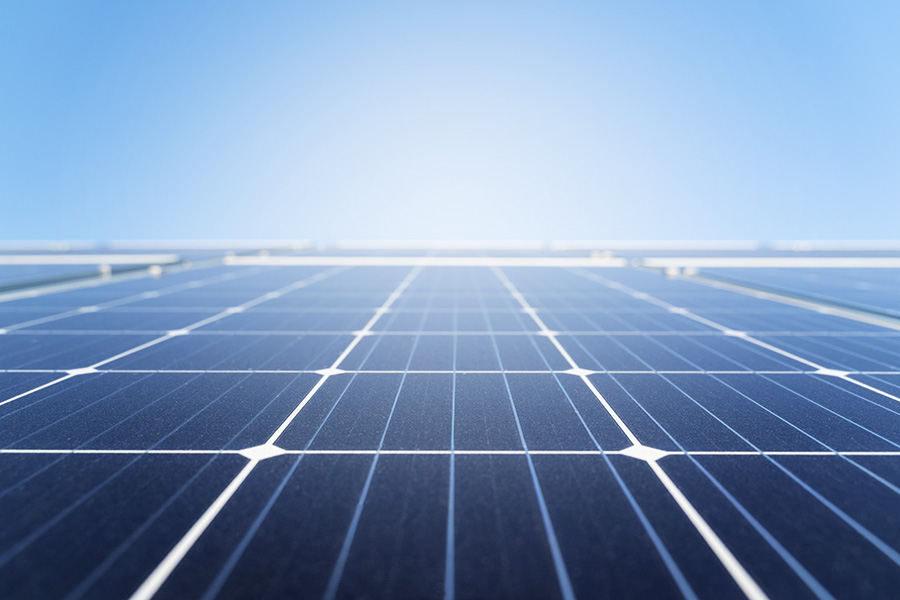China has established itself as the undisputed leader in photovoltaic solar energy production, driving the transition to renewable energy in an effort to combat climate change.
Between 2010 and 2022, China, the European Union (EU), and the United States have significantly increased their solar production capacity. China, in particular, has shown explosive growth, rising from 1.0 GW in 2010 to 393.0 GW in 2022, with a compound annual growth rate (CAGR) of approximately 25% since 2017. In comparison, the EU and the United States reached 205.5 GW and 113.0 GW, respectively, with growth rates of 16% and 21%.
This impressive advancement has allowed China to dominate the production of solar energy components, controlling around 80% of the global supply chain of solar panels and employing 2.76 million people in the industry. In contrast, the solar industry in the United States and the EU employs 264,000 and 648,000 people, respectively.
A significant milestone in this domain is the recent inauguration of the world’s largest photovoltaic plant in Xinjiang, known as the Xinjiang Midong solar project. This plant, with a capacity of 3.5 GW and more than 5.26 million solar panels, spans 32,947 acres and will generate approximately 6.090 billion kilowatt-hours of electricity annually. The construction of this plant, carried out by a subsidiary of the China Green Development Investment Group, required an investment of 15.45 billion Chinese yuan (around 2.13 billion dollars) and was completed in stages.
In addition to leading in production capacity, China has adopted innovative approaches in its solar installations, using desert lands that do not require leveling, and developing community projects that make solar energy accessible to more people through subscription models that offer savings on energy bills.
Photovoltaic solar energy, which generated around 4.5% of the world’s electricity in 2022, remains crucial in the fight against climate change by reducing greenhouse gas emissions and limiting global warming. China, by creating 38% of the new global solar capacity in 2022, is on track to meet its national target for wind and solar installations for 2030 by 2024, six years ahead of schedule.
